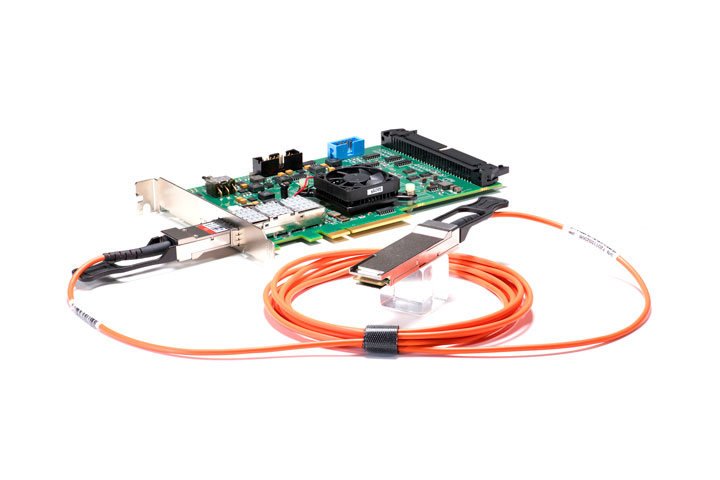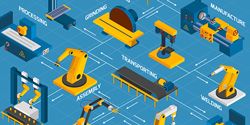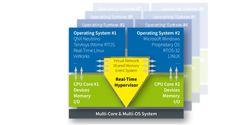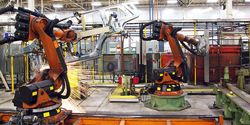SoftBank's $5.4B ABB Robotics Deal: Why IT Service Providers Should Treat Robotics as a Core Practice
As autonomy and embodied intelligence mature, IT service providers may not need to participate in every layer, but those who develop focused capabilities—whether in advisory, integration, or managed operations—will be better placed as demand grows.
Advanced Ground Robotics Need Advanced Networking Solutions
By the end of this guide, you will have a basic understanding of the components needed to set up a mesh network, strategies to overcome common roadblocks for long-range, ground networks and the steps required to get the network up and running.
CoaXPress over Fiber
Fiber optics transmit data as pulses of light through strands of fiber made of glass or plastic. When bundled with hundreds of other strands, the resulting fiber optic cable will transmit more data at faster speeds and over longer distances than high-grade copper cables.
Private 5G Connectivity and AI Technologies Accelerate the Transformation From Automation to Autonomy
This article looks at private 5G (known as P5G) and how it supports advanced and emerging technologies, including AI cameras, enabling manufacturers to drive more functionality closer to the edge.
Hypervisors in Robotics
Communications are much faster since you are no longer communicating across cables. Instead, communication happens through a low-latency shared memory space with deterministic time synchronization of operations.
Readers Choice 2020: Using Mesh Network Applications for Robotics
Many companies make mesh network products for home Wi-Fi systems. Those are indeed valid and popular applications, but there are ample opportunities to use mesh networks for robotics, too.
How Verizon 5G is Powering the Future of Robotics
5G, especially when combined with MEC (Mobile or Multi-access Edge Compute), can fundamentally change robotics. With massive and low-latency connectivity, robots can offload their computing and intelligence to edge servers that have much greater capacity and scalability.
Records 1 to 7 of 7
Featured Product

High Performance Servo Drives for localized and distributed control applications from Servo2Go.com
Engineered to drive brushless and brush servomotors in torque, velocity or position mode, Servo2Go.com offers a broad selection of servo drives in a wide range of input voltages and output power levels.
Robotics and Automation - Featured Company

IDS Imaging Development Systems Inc.
World-class image processing and industrial cameras "Made in Germany". Machine vision systems from IDS are powerful and easy to use. IDS is a leading provider of area scan cameras with USB and GigE interfaces, 3D industrial cameras and industrial cameras with artificial intelligence. Industrial monitoring cameras with streaming and event recording complete the portfolio. One of IDS's key strengths is customized solutions. An experienced project team of hardware and software developers makes almost anything technically possible to meet individual specifications - from custom design and PCB electronics to specific connector configurations. Whether in an industrial or non-industrial setting: IDS cameras and sensors assist companies worldwide in optimizing processes, ensuring quality, driving research, conserving raw materials, and serving people. They provide reliability, efficiency and flexibility for your application.







